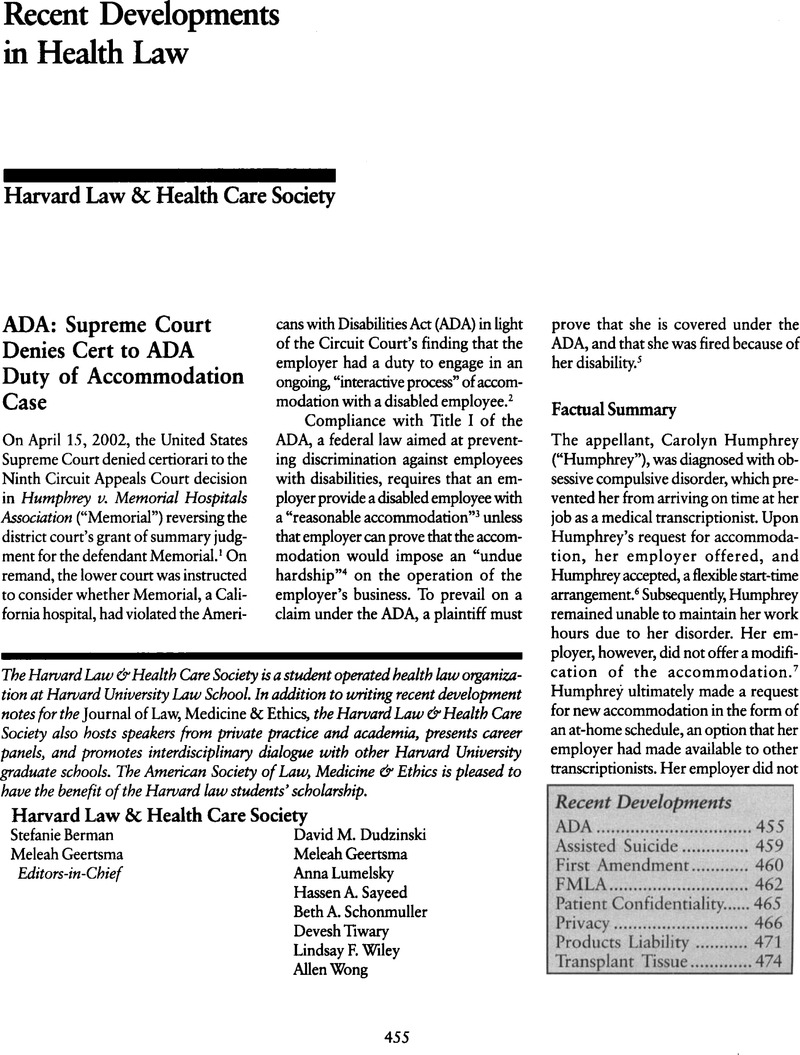The suit was originally filed by two plaintiffs in Federal District Court for the District of Massachusetts in August
2000, while five additional plaintiffs filed complaints in the Southern District of New York. See Schoers v. Pfizer, Nos. 00 Civ. 6121 (DAB), 00 Civ. 6122(DAB), 00 Civ. 6173(DAB), 00 Civ.6980(DAB), 00 Civ. 7954(DAB), 00 Civ. 8900(DAB), 2001 WL 64742 (
S.D.N.Y. Jan. 24, 2001). In April 2001, the Judicial Panel on Multi-District Litigation ordered the New York actions transferred to Massachusetts District Court.
Google Scholar